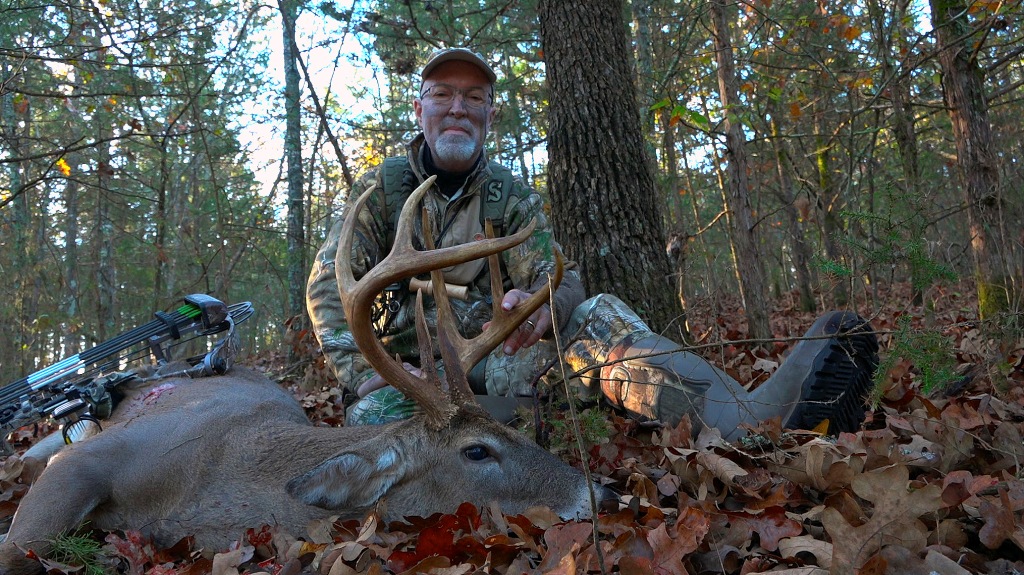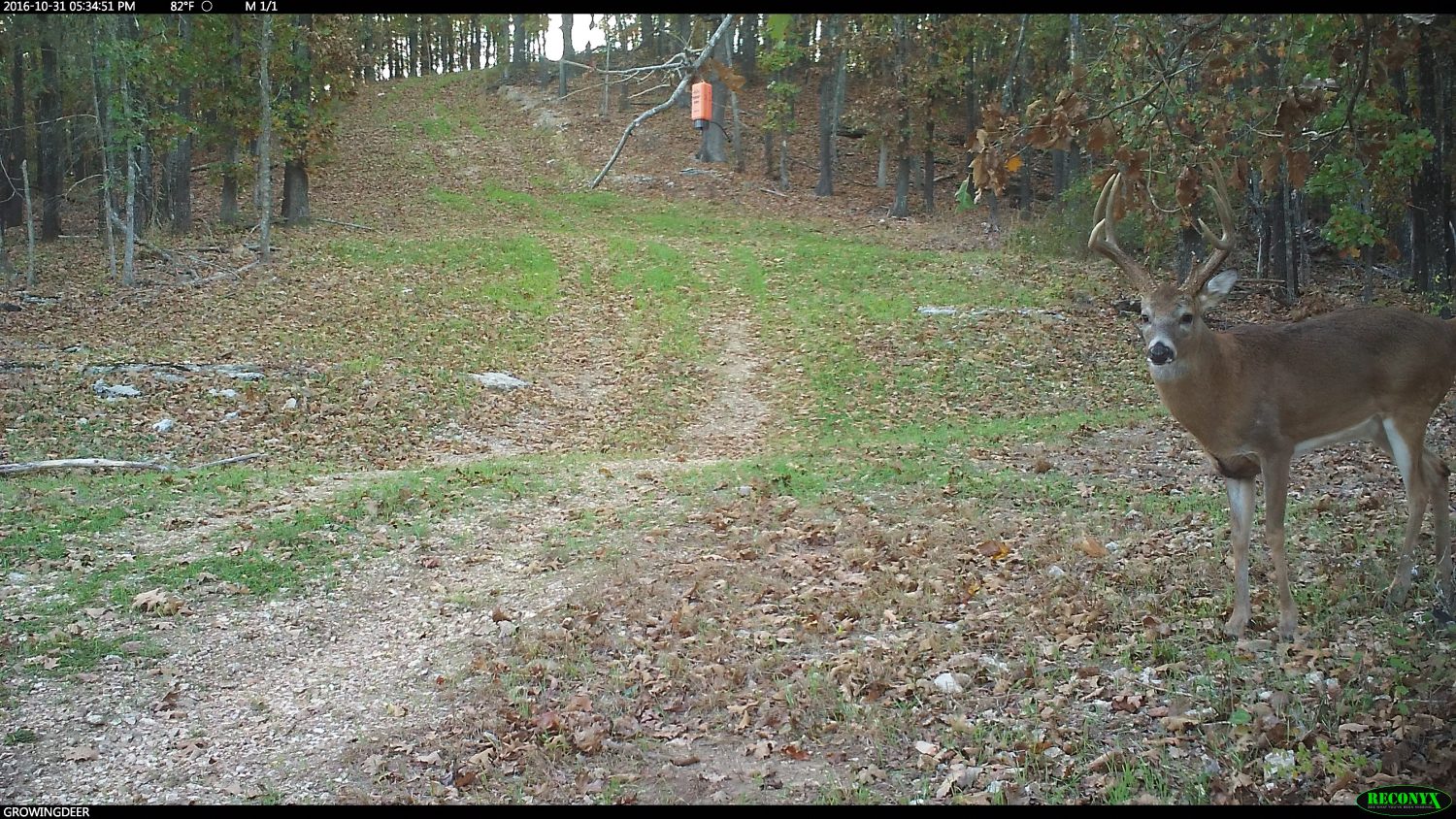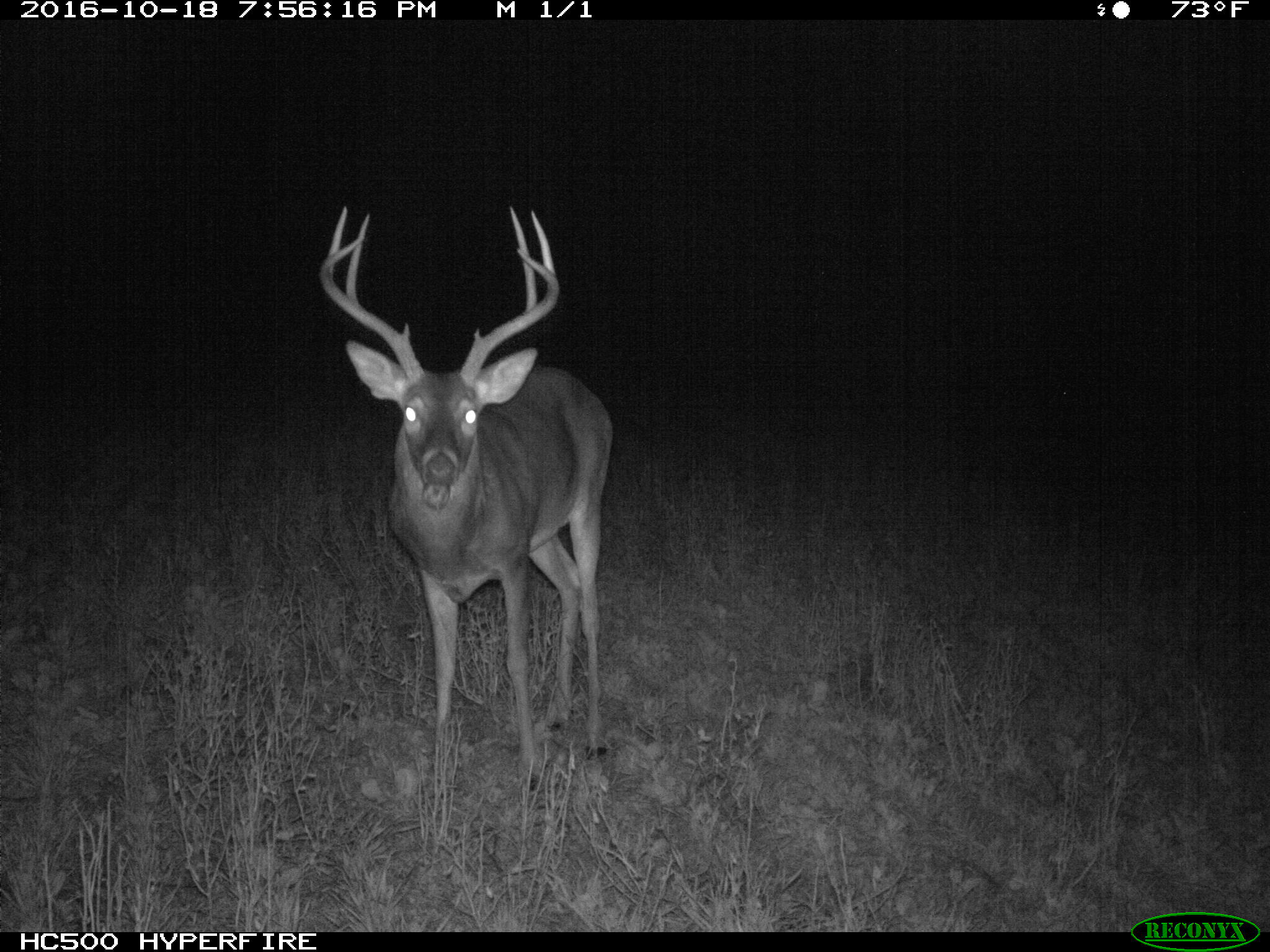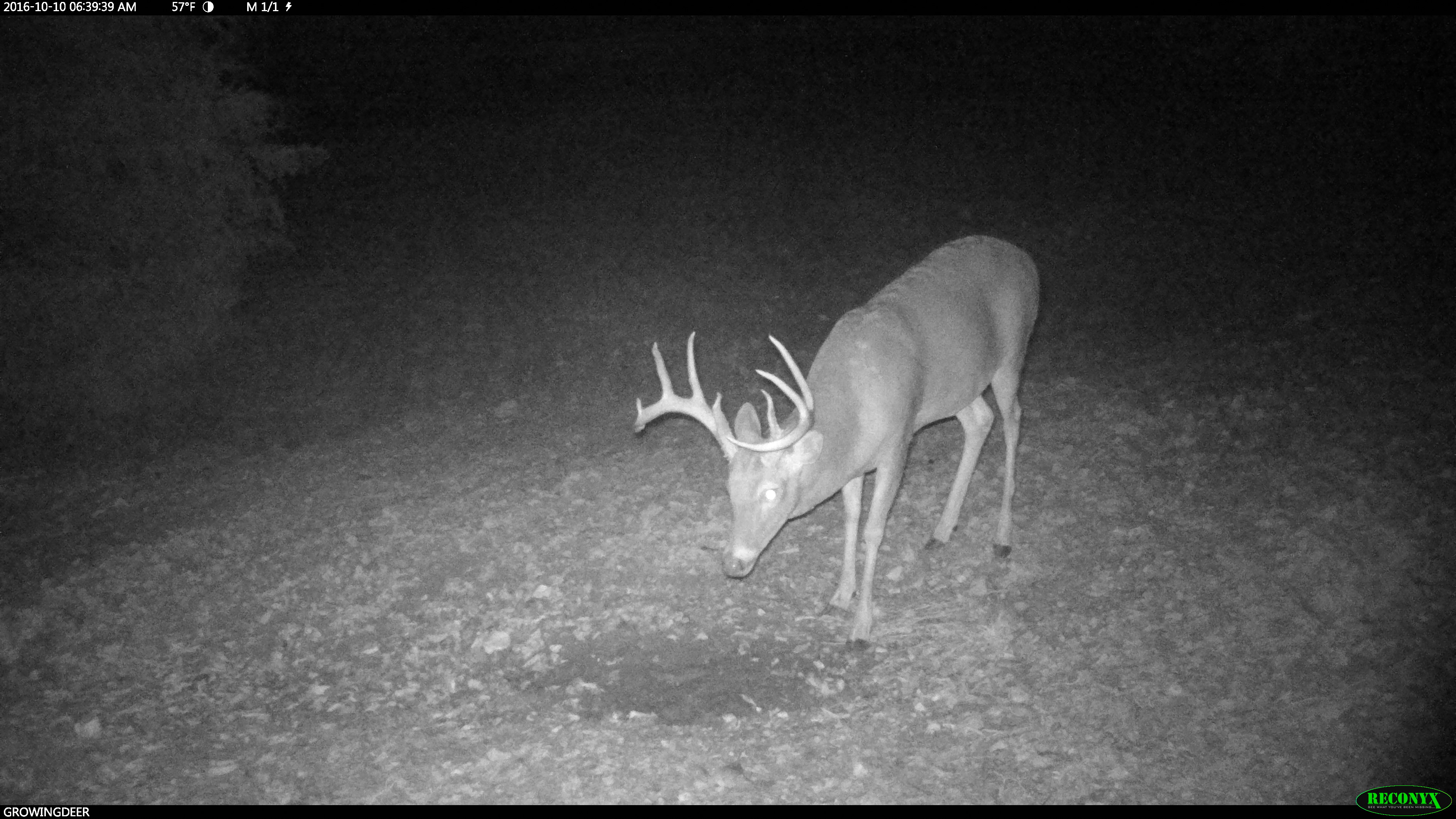If a picture is worth 1,000 words, what is a video worth? For many hardcore hunters, the videos of their hunts are priceless yet many hunters still don’t film their hunts. There are a wide variety of reasons people don’t want to film their hunt. Some are afraid of the amount of work filming a hunt can be. Others don’t want to invest in the proper equipment. Some are afraid of learning how to use camera gear. If this sounds like you, now is the time to step outside your box and start filming. I recently interviewed Dr. Grant Woods from GrowingDeer about why every deer hunter should film their hunt. Below are five reasons Dr. Woods believes all hunters should pick up a camera and start filming.
SHARING THE STORY – RELIVING THE MEMORY
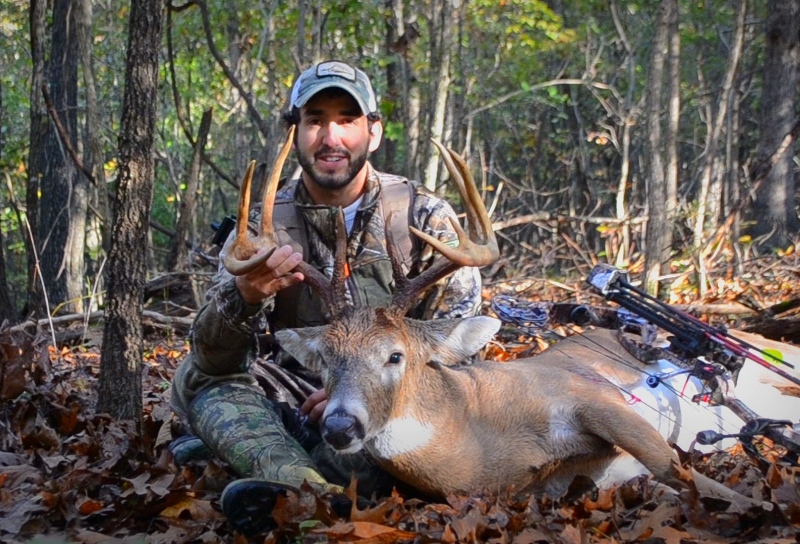
Whether you film the first buck you ever killed or film your child’s first successful hunt, there is something special about being able to watch the footage and relive the experience all over again. “We recently filmed my dad killing a buck on his 86th birthday. It was a special hunt because he turned 86 and he had just finished a long bout of chemotherapy. The first time he had hunted in a long time was his birthday and it was very special for my entire family. The fact that we will be able to go back and watch it repeatedly makes it more memorable. We were hunting in a bale blind and several turkeys showed up. Then a young buck came in and dad made a great shot on the buck with a crossbow. It was a great experience,” Woods explained. Over time, we often forget the details of special hunts like this. When you film a hunt, you can relive it repeatedly so you won’t forget any of the details.
EDUCATION – UNDERSTANDING DEER
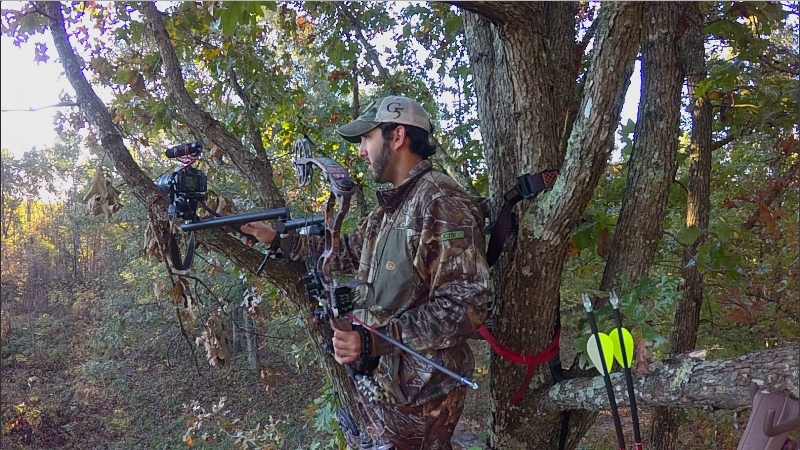
When you spend a lot of time behind the camera filming deer, sooner or later you are going to see and learn things about deer that you didn’t know before. For instance, Missouri is having a horrible drought this year. Woods sometimes wonders what types of food the deer like to eat when it is hot and dry. By filming deer feeding, Woods is able to determine what the deer like best. “We recently filmed deer feeding in one of our food plots and it was a food plot with a mix in it so there were a variety of things the deer could be eating,” Woods said. “But when we zoomed in, we noticed they were really going after the radishes. In fact, they are almost all gone. Anytime you can learn something like that, it might help you choose where you are going to hunt next time you go out.”
COMRADERY
Many hunters bring a cameraman into the woods with them when they are hunting. This can be a disadvantage because there is twice the movement and twice the human odor, but Woods believes the benefits outweigh the negatives. “When you have a friend with you filming, you can have fun chatting and discussing the hunt which helps pass the time,” Woods mentioned. “It also gives you an extra set of eyes and ears. We all use our smart phones when we are hunting which is a huge distraction. When I have a cameraman with me, we take turns watching for deer while the other person checks emails and looks at their phone.”
SHOT PLACEMENT & REVIEW
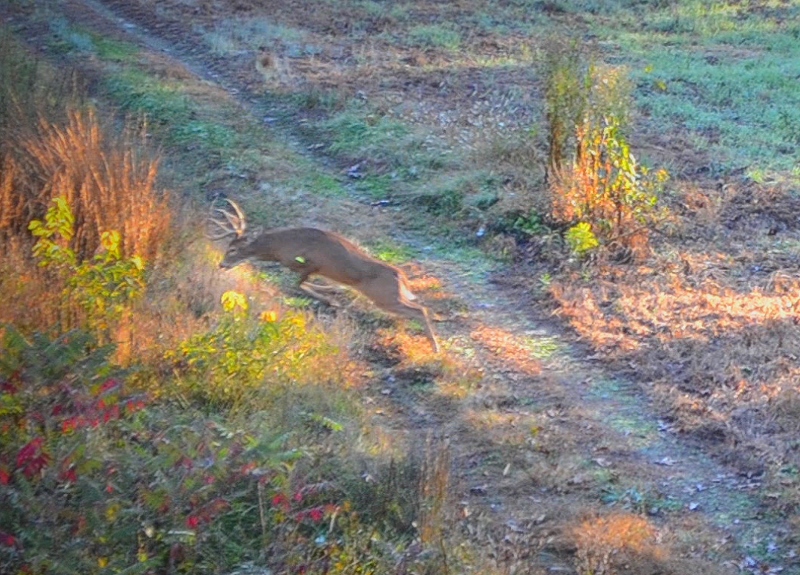
Probably one of the biggest benefits of filming a hunt is you can review shot placement after taking a shot. “The human eye can trick us,” Woods said. “Depending on the angle of the shot or what an arrow does in the air, the actual shot placement can differ greatly from where we think we hit a deer. Being able to go back and watch the shot after the fact allows us to determine if we want to go look for a deer right away or let it be for a little while or overnight. We have had many deer jump the string this year and being able to go back and see that our shot was made properly but the deer jumped is nice to have the ability to review so I am not so hard on myself thinking I made a huge mistake. All in all, being able to see where our shot placement was is a huge help when it is time to recover a deer.”
EVIDENCE OF THE ONE THAT GOT AWAY
Woods believes another great benefit to filming a hunt is proof that one got away and that you passed on a deer. Before people started filming hunts, if they passed on a young buck, all of their friends would say, ‘Yeah right.’ Now when a hunter passes on a buck, he can show his friends and talk about it and everyone will believe him. Not long ago, the same hunter probably would have shot the buck but having proof that he passed it up is as good as shooting it. Being able to film your encounters and show friends the buck that got away and the buck they passed on is huge. It is a great benefit of filming a hunt.
If after reading this you are convinced you should be filming your hunt, head over to Fourth Arrow Camera Arms. Check out their camera arms and their blog on getting started filming your hunt without breaking the bank.
About the Author: Tracy Breen is a full time outdoor writer, marketing consultant and motivational speaker. He works with a variety of companies including Fourth Arrow Camera Arms. Learn more about him at http://www.tracybreen.com.
